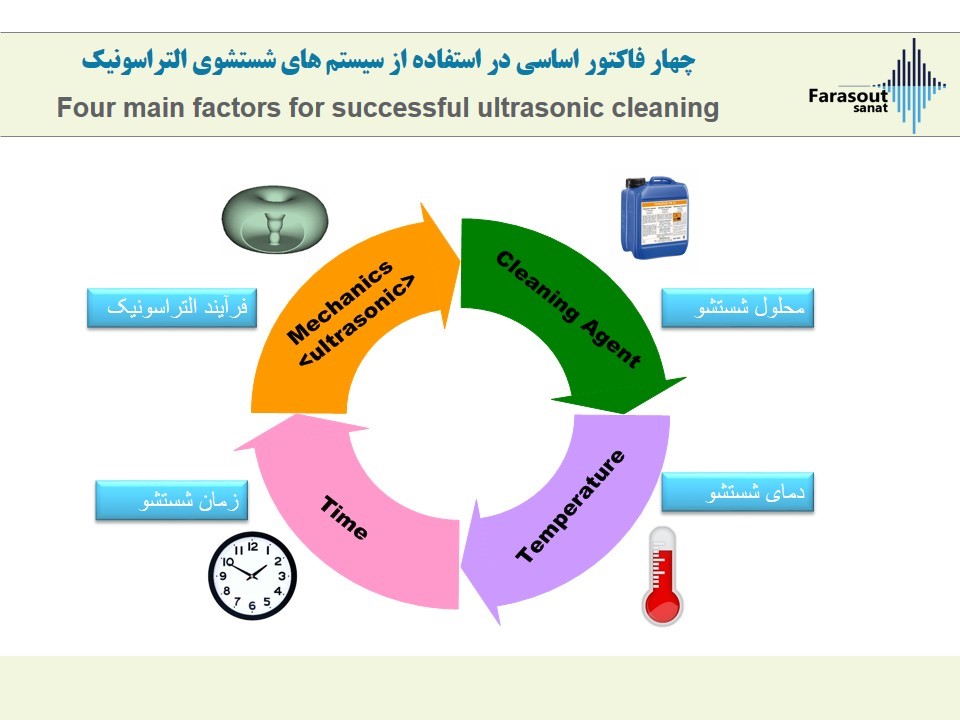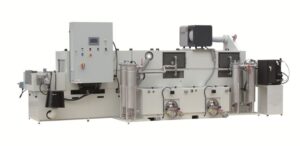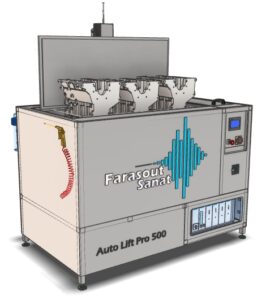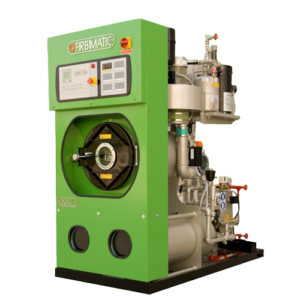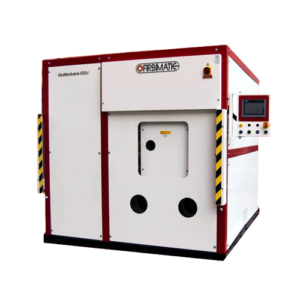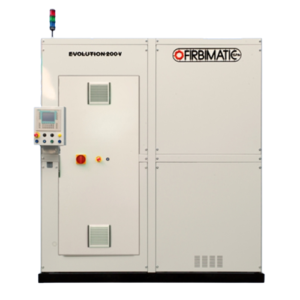1- Temperature:
One of the most important parameters to maximize the cavitation energy is because many characteristic properties of the fluid are temperature dependent. For example, a change in temperature in a liquid causes a change in the viscosity, pressure, and solubility of gas in the liquid.
For an ideal washing by ultrasonic cleaner, the temperature inside the tank should be high because hot water has more cleaning power than cold water and most special ultrasonic solutions are more effective at high temperatures.
2-power of ultrasonic waves:
Ultrasonic power is directly related to the volume of the solution and often to the application of washing, which is expressed in watts per liter.
The intensity of ultrasonic cavitation is inversely proportional to the ultrasonic frequency. At high frequencies, cavitation intensity decreases while the number of cavitation bubbles increases. In other words, a higher frequency is like a softer brush.
3- Washing time:
As one of the parameters that can be adjusted in the washing of parts, it is set by the operator depending on the degree of pollution.
4- Detergent solutions:
Depending on the type of contamination and the type of part, different solutions can be used in ultrasonics, these solutions in general; They are hydrophilic, non-flammable, and non-volatile.
5- Frequency of ultrasonic waves:
The frequency of sound waves in hertz (Hz) determines how fast and powerful the sound waves are. High frequency waves are usually suitable for cleaning small and sensitive particles, while lower frequencies are more suitable for larger and more resistant objects.
6- How to place the object:
The placement of the object inside the ultrasonic bath is also important. The object should be placed in such a way that the ultrasonic waves reach its surface uniformly.
7- Ability to move:
Some ultrasonic baths have an internal movement that causes the better distribution of waves and formation of cavitation bubbles. (The movement of parts during the washing process can improve the washing quality by 25%.)


